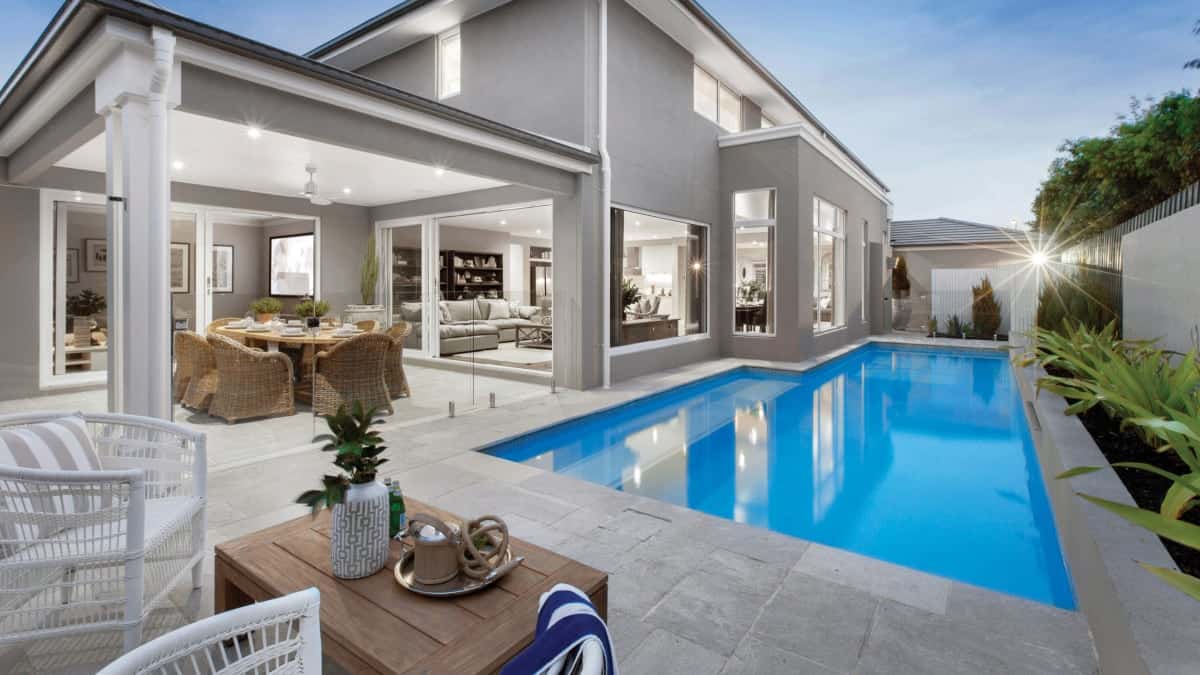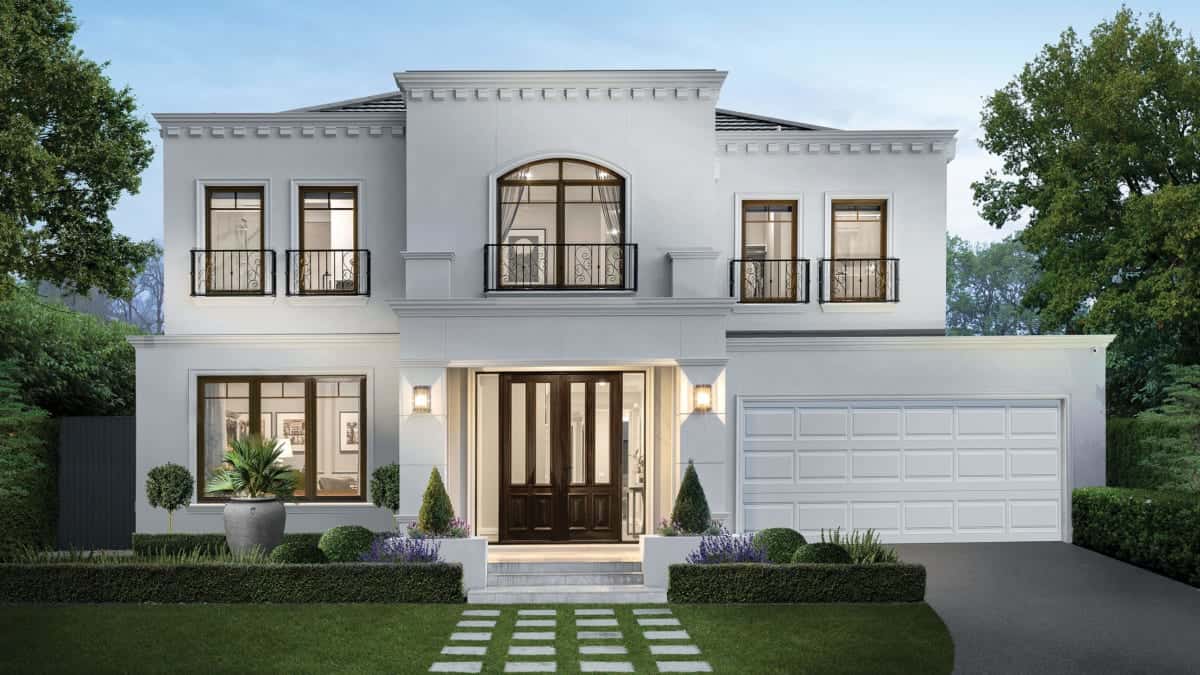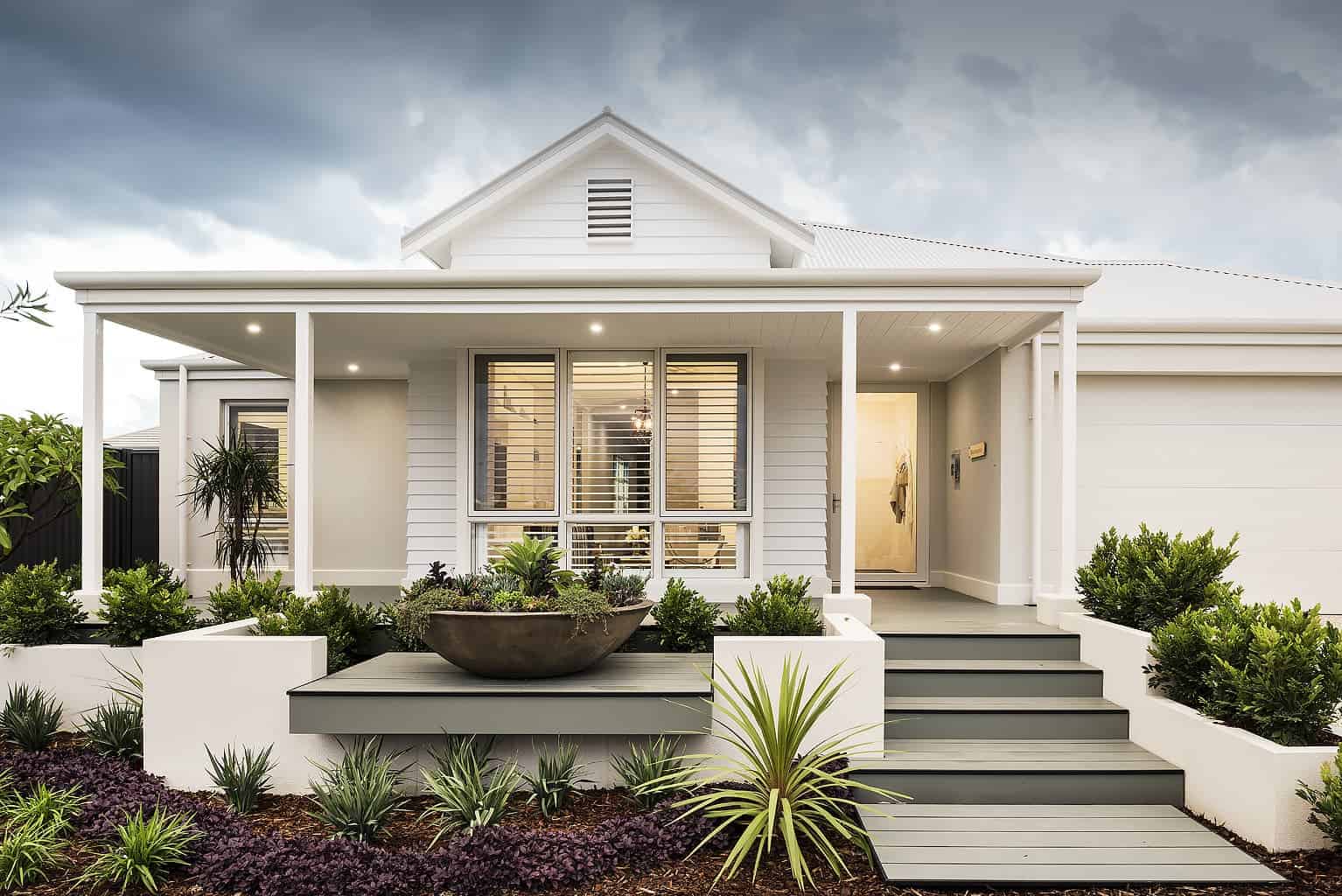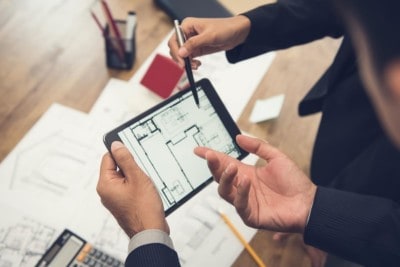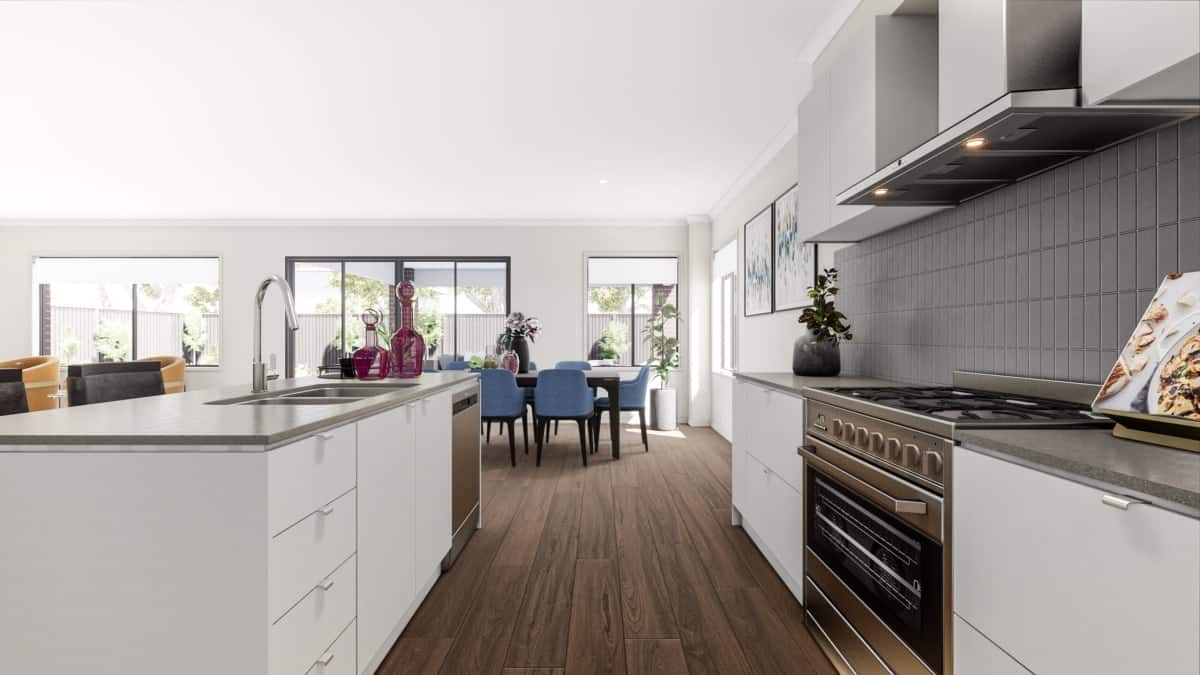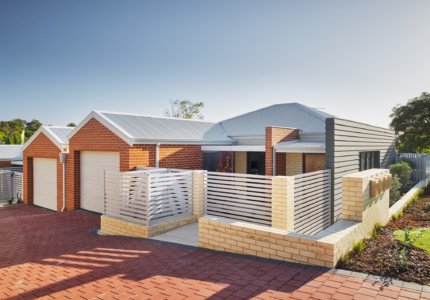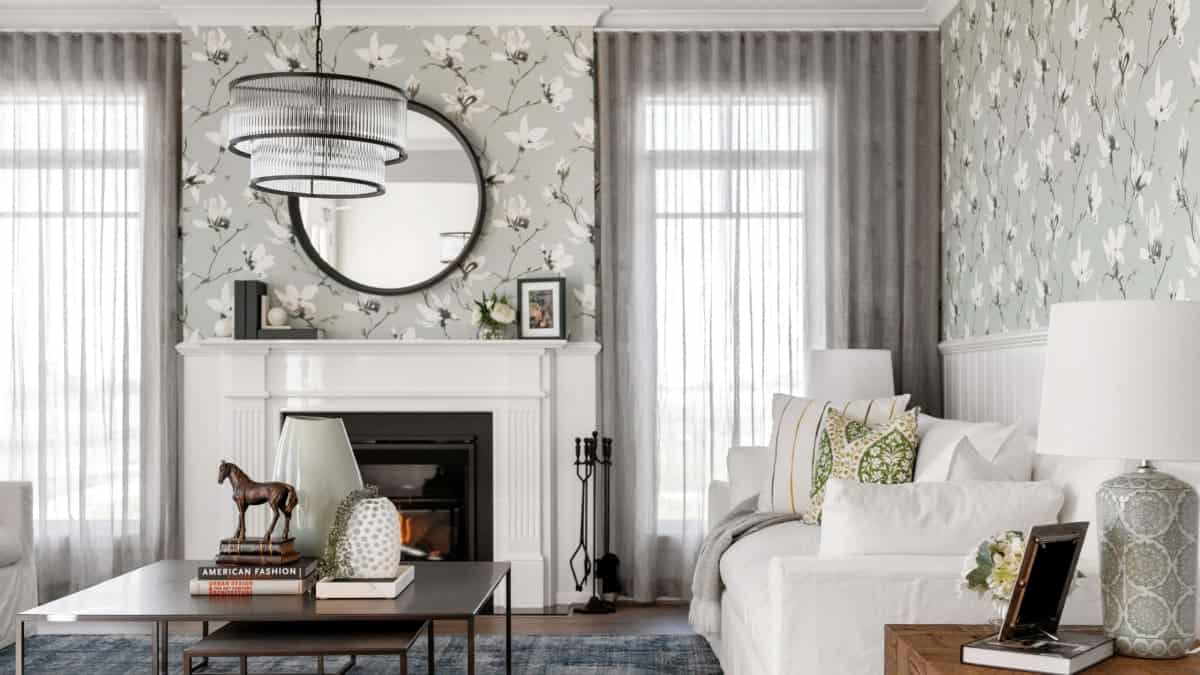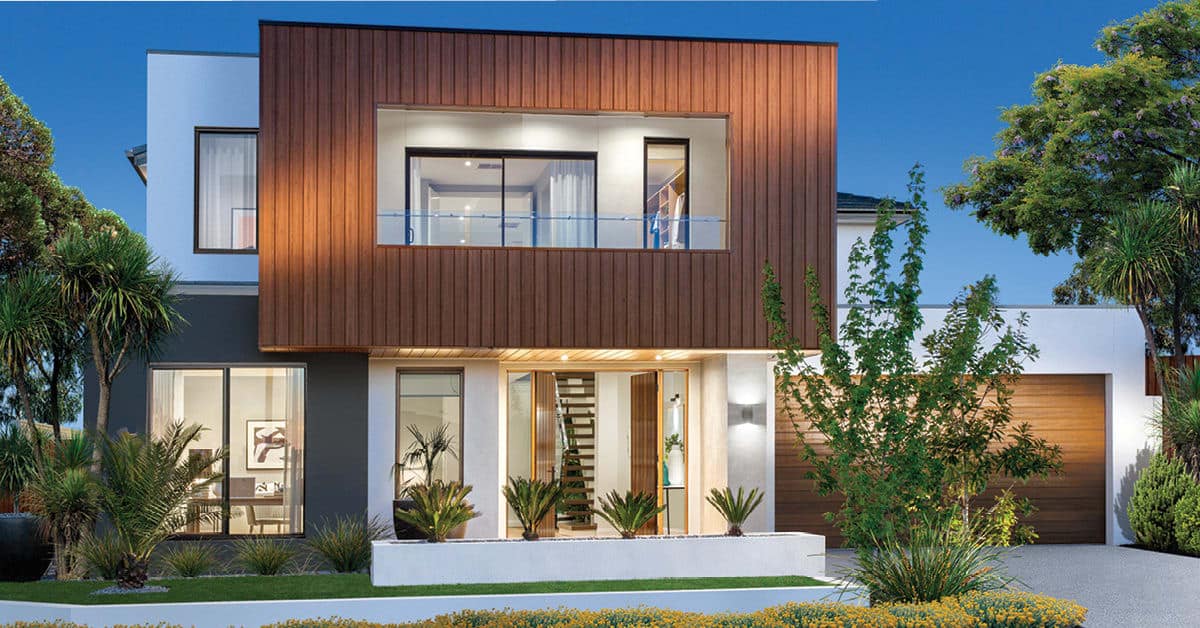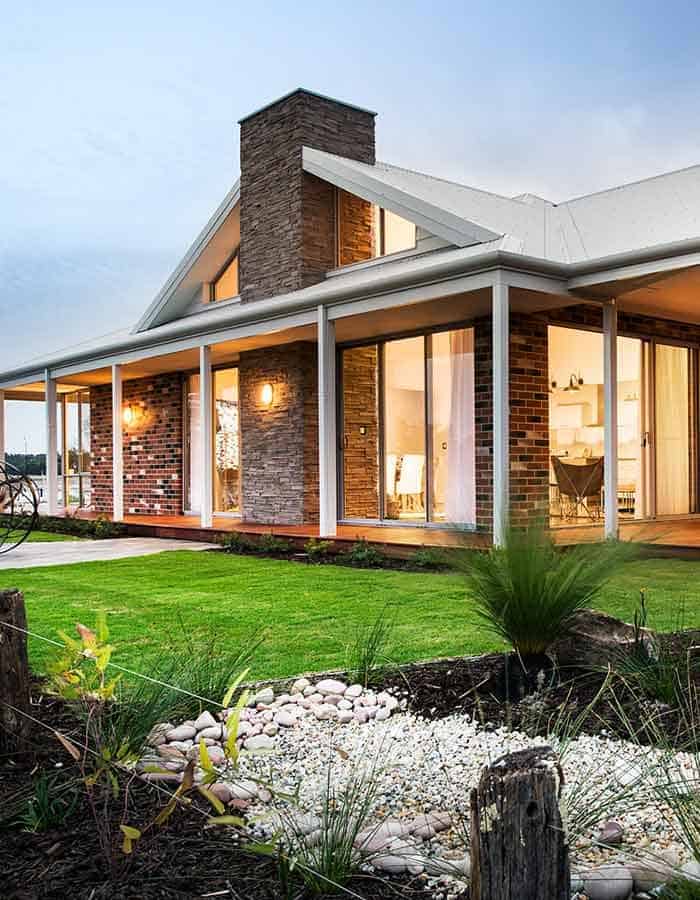Traditional Vs. Modern Building Techniques
Drop a Line if you have a Question!
Traditional and Modern Building Techniques?
Are you curious about the differences between traditional and modern building techniques?
In this article, we will explore the historical significance of traditional methods and the advancements in modern materials. You will discover how traditional construction can be sustainable and energy efficient, while modern techniques offer cost and time efficiency. Additionally, we will delve into the cultural and aesthetic considerations that play a role in both traditional and modern architecture. Get ready to uncover the pros and cons of each approach!
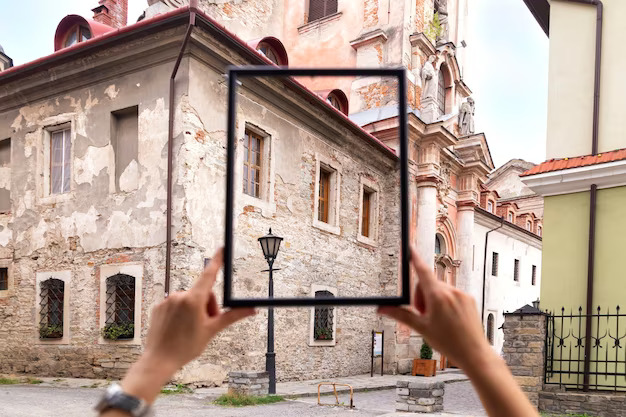
Historical Significance of Traditional Building Techniques
You’ll be amazed at the historical significance of traditional building techniques. These methods have been passed down through generations, preserving the knowledge and skills of our ancestors.
They offer a glimpse into the architectural marvels of the past and showcase the ingenuity of ancient civilizations. Traditional building techniques reflect the cultural and historical context in which they were developed, providing a tangible link to our heritage.
From the grand palaces of ancient Egypt to the intricate temples of Southeast Asia, these structures stand as testaments to human creativity and craftsmanship.
Advancements in Modern Building Materials
There are many new materials available now that can greatly improve the quality and efficiency of your construction projects.
From high-performance concrete to sustainable timber alternatives, these modern building materials offer numerous advantages over traditional options.
For example, using fiber-reinforced polymers (FRPs) instead of steel reinforcement can make your structures stronger and more durable.
Additionally, advanced insulation materials can enhance energy efficiency, reducing heating and cooling costs.
Furthermore, innovative coatings and finishes can provide increased protection against weathering and UV radiation, prolonging the lifespan of your buildings.
Moreover, incorporating smart materials with self-healing properties can minimize maintenance and repair needs, saving you time and money in the long run.
Sustainability and Energy Efficiency in Traditional Construction
Using sustainable materials and implementing energy-efficient practices can greatly reduce the environmental impact of construction projects. When you choose to use sustainable materials, such as recycled or locally sourced materials, you are minimizing the extraction of new resources and reducing waste.
By incorporating energy-efficient practices, such as installing insulation, using energy-efficient appliances, and optimizing natural lighting, you can significantly decrease the energy consumption of the building. This not only reduces greenhouse gas emissions but also lowers your energy costs in the long run.
Additionally, consider implementing water-efficient systems, such as low-flow fixtures and rainwater harvesting, to conserve water resources. By prioritizing sustainability and energy efficiency in traditional construction, you are making a positive impact on the environment and creating a more sustainable future for generations to come.
Cost and Time Efficiency of Modern Building Techniques
When it comes to cost and time efficiency, modern building techniques offer innovative solutions that can streamline the construction process and save you money.
With advancements in technology and materials, construction methods have become more efficient than ever before. One example is the use of prefabrication, where components are manufactured off-site and then assembled on-site. This reduces construction time significantly, as there is no need for on-site fabrication.
Additionally, modern building techniques often involve the use of automation and robotics, which can speed up the construction process and eliminate human error. These techniques also allow for better project management and coordination, resulting in reduced delays and costs.
Overall, embracing modern building techniques can help you save both time and money, making it a wise choice for your construction projects.
Cultural and Aesthetic Considerations in Traditional and Modern Architecture
Cultural and aesthetic considerations play an essential role in architecture, shaping the design and overall look of a building. When it comes to traditional and modern architecture, these considerations can greatly influence the style and character of a structure.
In traditional architecture, cultural elements such as local materials, craftsmanship, and historical references are prioritized. This results in buildings that reflect the cultural heritage and identity of a place.
On the other hand, modern architecture tends to focus on sleek lines, minimalism, and innovative materials. The aesthetic considerations in modern architecture often prioritize functionality and efficiency, creating buildings that are visually striking and technologically advanced.
Both traditional and modern architecture have their own unique appeal, and the choice between them often depends on the cultural context and desired aesthetic of a project.
Conclusion
In conclusion, when it comes to traditional vs. modern building techniques, both have their own advantages and disadvantages.
Traditional techniques hold historical significance and cultural value. They are often admired for their craftsmanship and the connection they provide to the past. These techniques have been passed down through generations and can be seen in iconic structures around the world.
On the other hand, modern techniques offer advancements in materials and energy efficiency. With the use of innovative materials and technologies, modern buildings can be more sustainable and environmentally friendly. They also allow for greater flexibility in design and construction, resulting in unique and cutting-edge structures.
The choice between traditional and modern techniques ultimately depends on factors such as cost, time efficiency, and aesthetic considerations. Traditional techniques may require more time and skilled labor, which can drive up costs. Modern techniques, on the other hand, may be more cost-effective and time-efficient, but they may lack the charm and character of traditional construction.
Whether you prefer the charm of traditional construction or the sleekness of modern architecture, both approaches have their place in the ever-evolving world of building and design. It is important to consider the specific needs and goals of each project to determine which technique is most suitable. Ultimately, a balance between tradition and innovation can lead to the creation of truly remarkable and enduring structures.

Have a question?
Become a



